New Study Says Flat Planets Do Exist
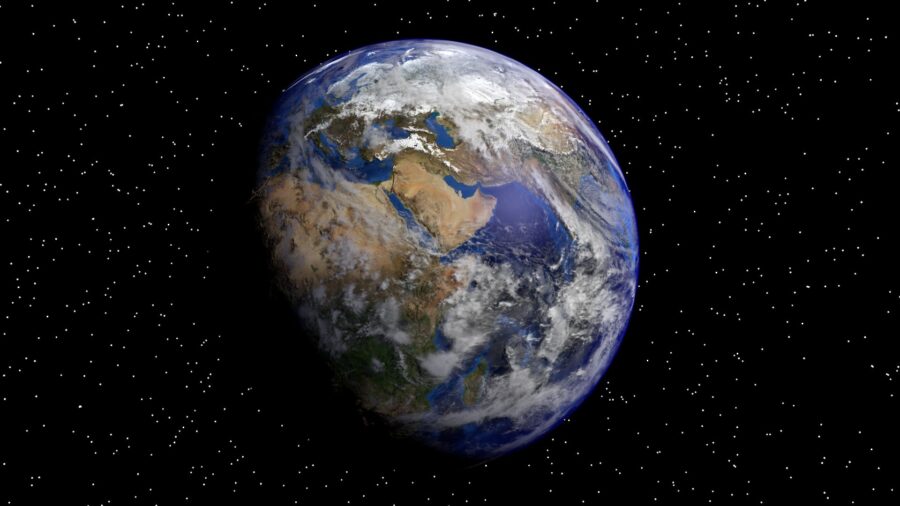
Good news, flat-Earthers: an astonishing breakthrough, challenging our conventional understanding of planet formation, results from recent simulations by astrophysicists at the University of Central Lancashire. They revealed that the early stages of giant planet formation may not be as spherical as we thought. Instead, enormous, gaseous celestial bodies like Jupiter often begin their existence as flat forms.
Jupiter The Pancake
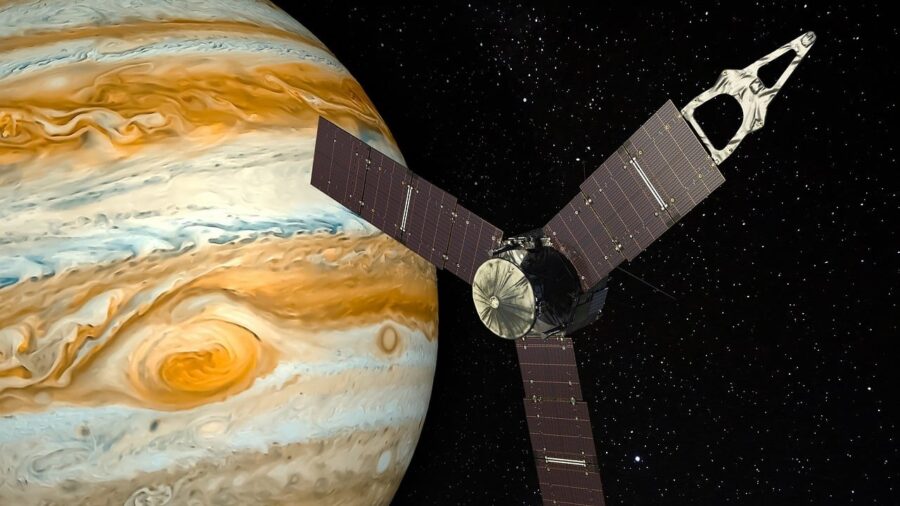
These flat bodies resemble, rather than the enormous spheres we’re used to, huge pancakes or M&Ms–more technically known as oblate spheroids.
This revelation counters the current narrative that planets, regardless of their size, form as spheric bodies. The work of Adam Fenton and Dimitris Stamatellos, the scientists heading the study out of U. of Central Lancashire, upended this assumption. Their research utilized advanced computer simulations to examine the process of planetary formation in the protoplanetary disk of gas and dust surrounding a newborn star.
A Discovery That Was Just Waiting
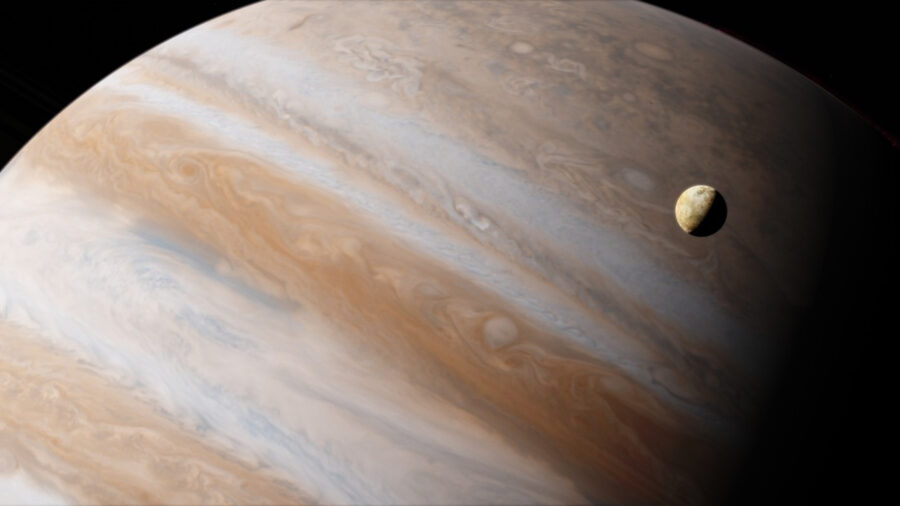
The researchers concluded that, quite possibly, large gas spheres like Jupiter, forming far from their host stars, begin life as flat giants we would, for lack of anything else, compare to Smarties candies. The centrifugal forces at play as these baby planets spin gradually adds depth and volume to their bodies, accumulating material from their surroundings.
Stamatellos admitted that, though the scientific community had studied the formation of planets extensively, experts had not yet experimented with studying planetary shapes as they developed via simulations. The fact that planets can begin their immensely long lives as oblate spheroids greatly surprised the experts.
Looking At Planetary Formation In New Ways
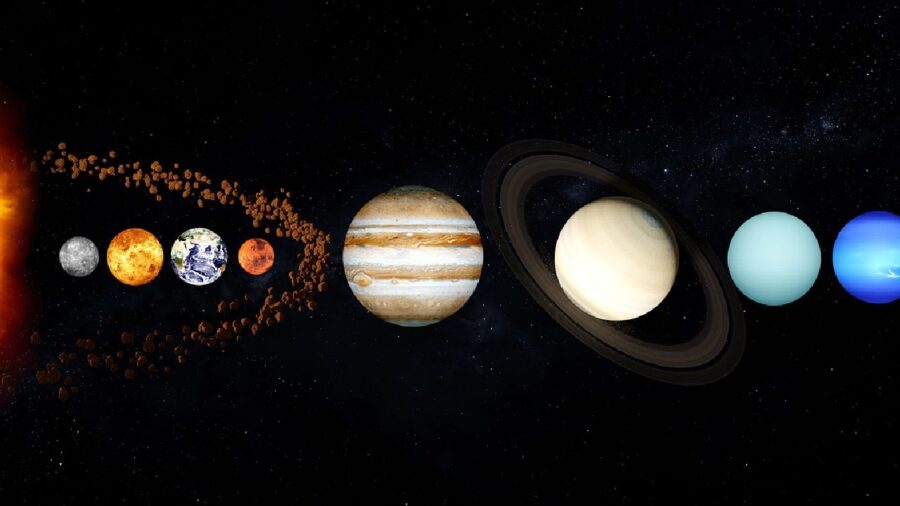
Like the inciting incident of a sci-fi film, the revelation followed an intensive computational effort, one requiring half a million CPU hours on the UK’s Distributed Research using Advanced Computing (DiRAC) High Performance Computing Facility.
Not only did the simulations demonstrate that gas giants such as Jupiter were once flat, they also implied that planetary material gathers more significantly at the poles rather than the equator. This conclusion provides a fresh perspective on the methodology of planetary growth.
Collapsing Into Planets
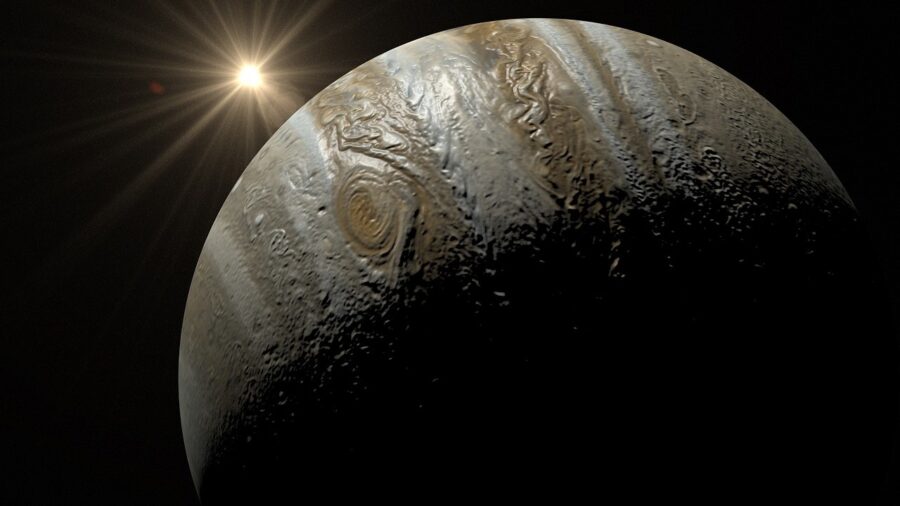
Until now, the prior theory of planet formation volunteered two main trajectories: in one pathway, terrestrial planets (like Earth) engender via the slow accumulation of rock and debris; in the other trajectory, gas giants eventuate either through slow accretion processes or—as the study suggests—by way of disk instability. This latter formation process causes portions of the protoplanetary disk — beneath the crushing weight of gravity — to collapse into planets.
This is the model that Fenton and Stamatellos’s work heavily supports. Their work provides a plausible and tenable explanation for the formation of larger planets—Jupiter-like gas giants initially flat and significantly distanced from their stars, or planets appearing too enormous for their stellar systems.
Planetary Study Has Changed Forever

The study has vast implications—revolutionizing our understanding of how planets form and our approaches to observing them, too. Interestingly, the study introduces the importance of perspective in studying the development of celestial bodies. The better we get at detecting planets during their formative stages, the more we must differentiate between side views and top views of protoplanets.
Why? Because, from the side, the pancake protoplanets appear as pancakey as they legitimately are. From above, however, they could easily be mistaken for fully spherical bodies.
Thus, many planets in the cosmos similar to Jupiter we’ve observed, up till now from above or below, and considered spherical—are actually giant, flat space pancakes. We have modern science to thank for this hunger-inducing and mind-blowing revelation.
Source: arXiv












